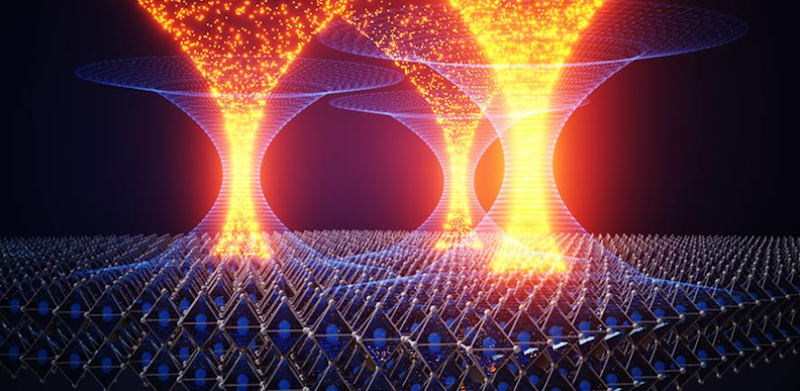
The usual solar cell is made of silicon. The better cells use the crystalline form of the element, but there are other methods to obtain electric energy from the sun using silicon. Forming silicon crystals, though, can be expensive so there is always interest in different solar technologies. Perovskite is one of the leading candidates for supplanting silicon. Since they use lead salts, they are cheap and simple to construct. The efficiency is good, too, even when the material is not particularly well ordered. The problem is every model science has on what should make a good solar cell predicted that orderly compounds would perform better, even though this is not true for perovskite. Now scientists at Cambridge think they know why these cells perform even in the face of structural defects.
Perovskites take their name from a natural mineral that has the same atomic structure. In 2009, methylammonium lead halide perovskites were found to act as solar cells. Conversion rates can be as high as 25.5% according to sources and — apparently — the cells could be as much as 31% efficient, in theory. Solar cells top out — again, in theory — at 32.3% although in the real world you are lucky to get into the high twenties.
Using advanced microscopy, the team found that there were two different types of disorders occurring in the material. Electrical disorganization reduces the solar energy conversion performance. However, a corresponding chemical disorder is actually advantageous for efficiency and more than makes up for the electrical disadvantage.
The researchers hope this will offer new insights into how to create even better perovskite materials for use in the solar cells of the future. We’ve seen this material used for things other than solar cells. There is a lot of research activity centering on these cells, so we hope to see some practical applications, soon.
[Main image: Alex T. at Ella Maru Studios via University of Cambridge research announcement]
0 Commentaires